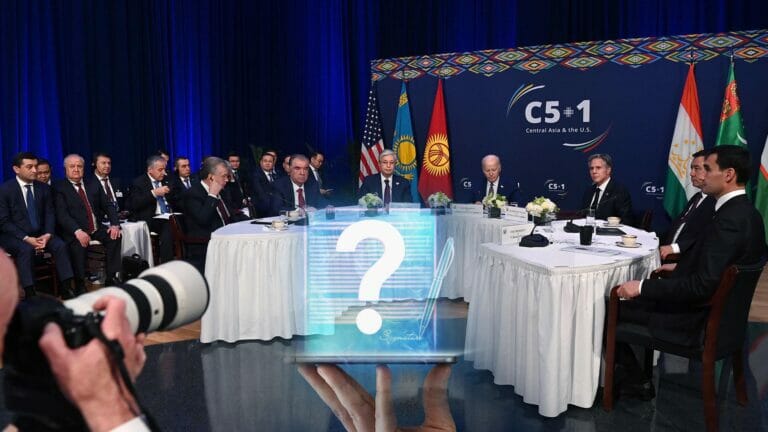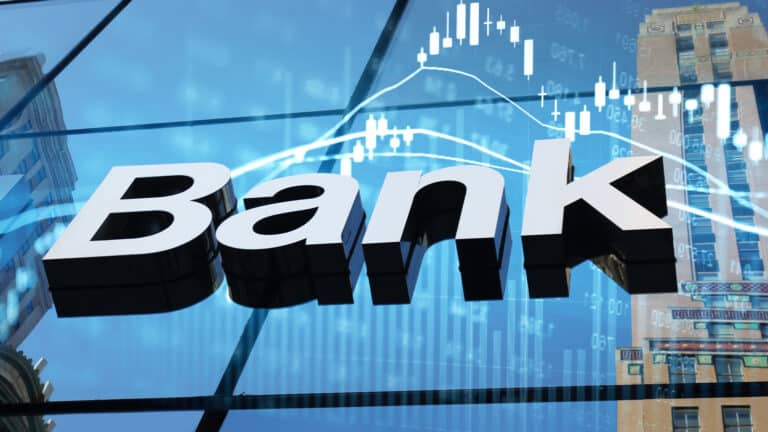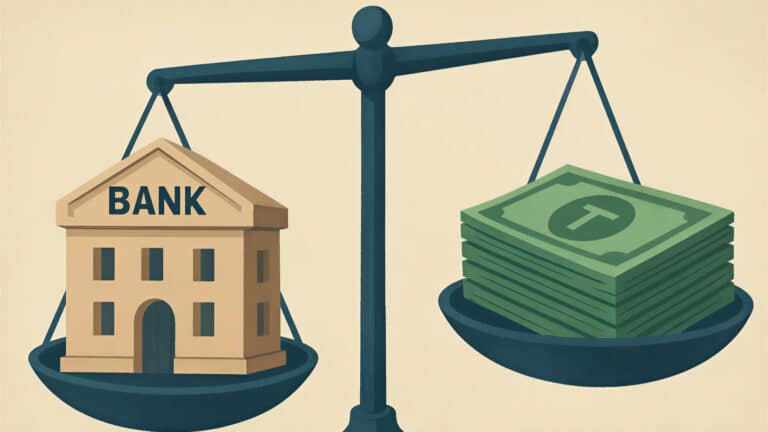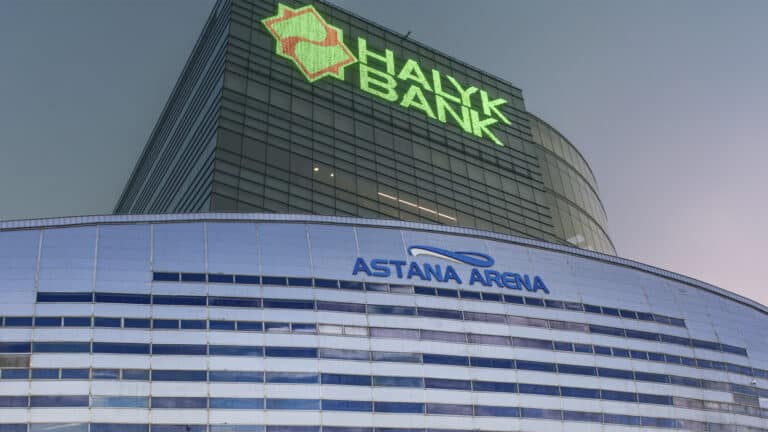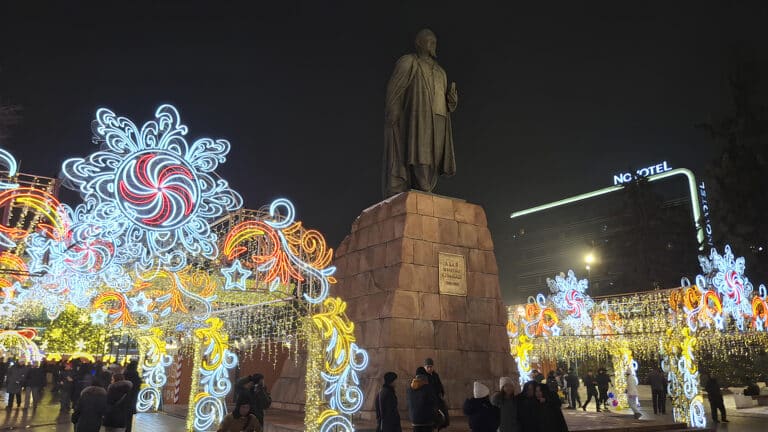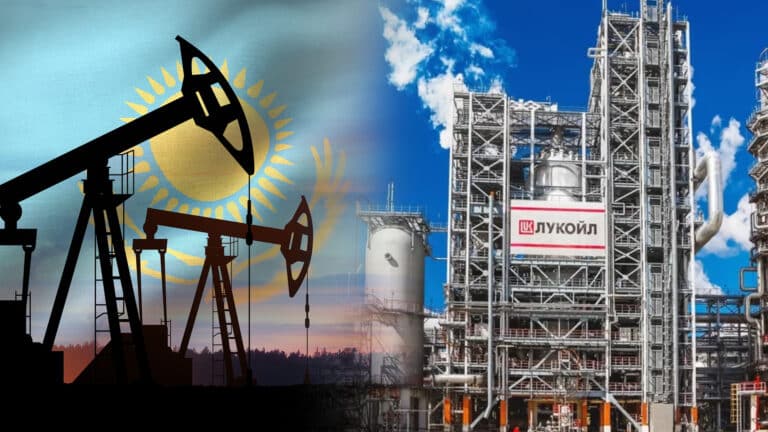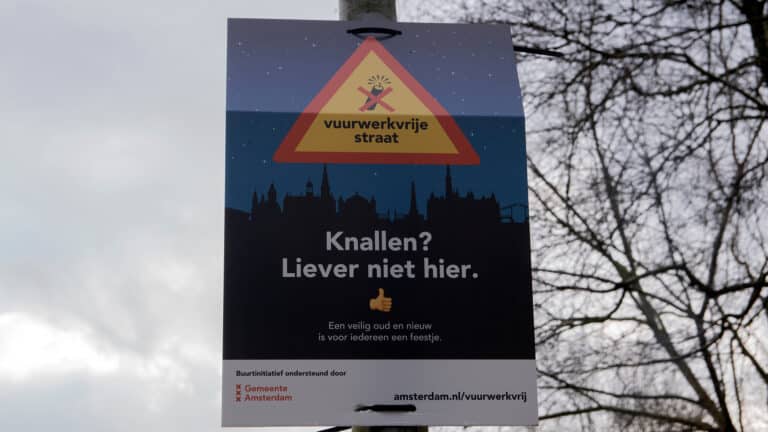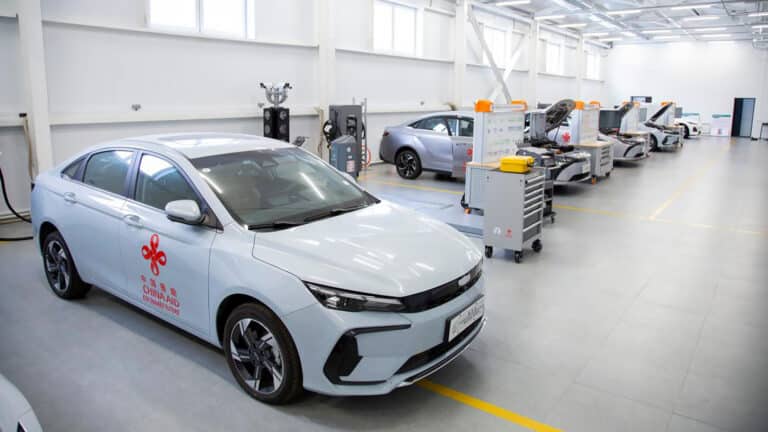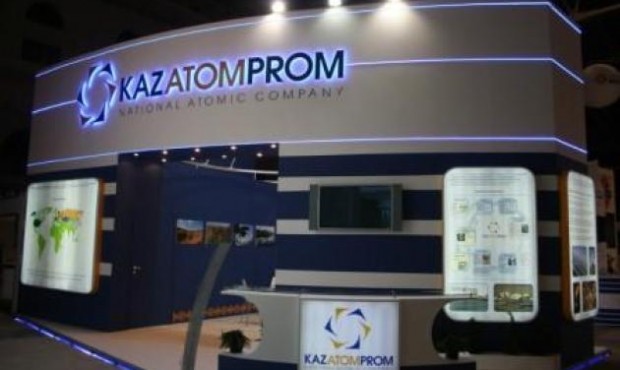
With a fortune of $3.6 billion, Vladimir Kim has become Kazakhstan’s most influential businessman and ranks No. 896 on Forbes’ list of the world’s richest people. He has built his wealth through mining and financial investments.
Copper: The new gold
Kim controls 63.5% of KAZ Minerals Ltd., one of Kazakhstan’s largest mining companies. KAZ Minerals operates several major mineral deposits:
- Bozshakol — a copper field in the Pavlodar region;
- Aktogay — a copper field in East Kazakhstan;
- Bozymchak — a gold and copper field in Kyrgyzstan.
Copper has become increasingly valuable due to global demand, driven first by energy transition initiatives and now by the growth of data processing centers and Artificial Intelligence. Since the early 2000s, copper prices have surged by over 500%. In May 2024, copper reached a record price of $5.20 per pound on COMEX.
In addition to his mining interests, Kim is the majority shareholder of RBK Bank. As of September 2024, the bank was ranked 10th in Kazakhstan by assets, holding $5.4 billion, according to the National Bank of Kazakhstan.
Financial losses in Chukotka
Like any successful businessman, Kim has experienced setbacks. One of his most notable losses came from the Baimskoye field on the Chukotka Peninsula in Russia. This project initially appeared promising as the field holds the world’s largest undeveloped copper deposit.
KAZ Minerals purchased Baimskoye from Roman Abramovich for $900 million, further strengthening its position in the global copper market. However, in May 2024, Kim and his partner Oleg Novachuk sold their shares in the project to North Aurora, a Russian mutual investment fund managed by Ruscapital. Fears of U.S. sanctions forced the sale and the businessmen reportedly sought approval from President Vladimir Putin for the deal. As a result, Kim incurred $2.6 billion in losses from the project.
Kim’s growing fortune
Since 2013, Kim’s wealth has increased by 150%. His assets peaked in 2022, valued at $5 billion. Over the past decade, his net worth has fluctuated as follows:
- 2013: $2.3 billion
- 2014: $1.6 billion
- 2015: $1.7 billion
- 2016: $1.8 billion
- 2017: $2.5 billion
- 2018: $3.4 billion
- 2019: $4.5 billion
- 2020: $4.1 billion
- 2021: $4.7 billion
- 2022: $5 billion
- 2023: $4.6 billion
- 2024: $3.6 billion
From communist official to billionaire: Key milestones in Kim’s biography
Kim was born on Oct. 29, 1960, in the village of Slavyanka (now Myrzakent), South Kazakhstan.
1982: Graduated from the Architectural and Construction Institute in Almaty.
1982-1987: Worked as a bricklayer, site supervisor, and senior supervisor at SMU-22 of Almatapromstroy.
1987-1989: Held positions in the Communist Party’s Leninsk and Moscow district committees in Alma-Ata (now Almaty).
1989-1992: Deputy head and executive director of the Cultural, Social, and Scientific and Technical Development of Kazakhstan.
1992-1995: Head of the Kazakhstan-Samsung joint venture.
1995: Became executive director of the state-run Jeskazgantsvetmet, where Samsung later acquired a 40% share.
1997-2000: President and chair of the board at Kazakhmys Corporation.
2005: Became chair of the board of Kazakhmys PLC (later KAZ Minerals).
2013: Stepped down as chair of KAZ Minerals but continued as a non-executive director.
2014: Became president of Kazakhmys Holding, LLC.



